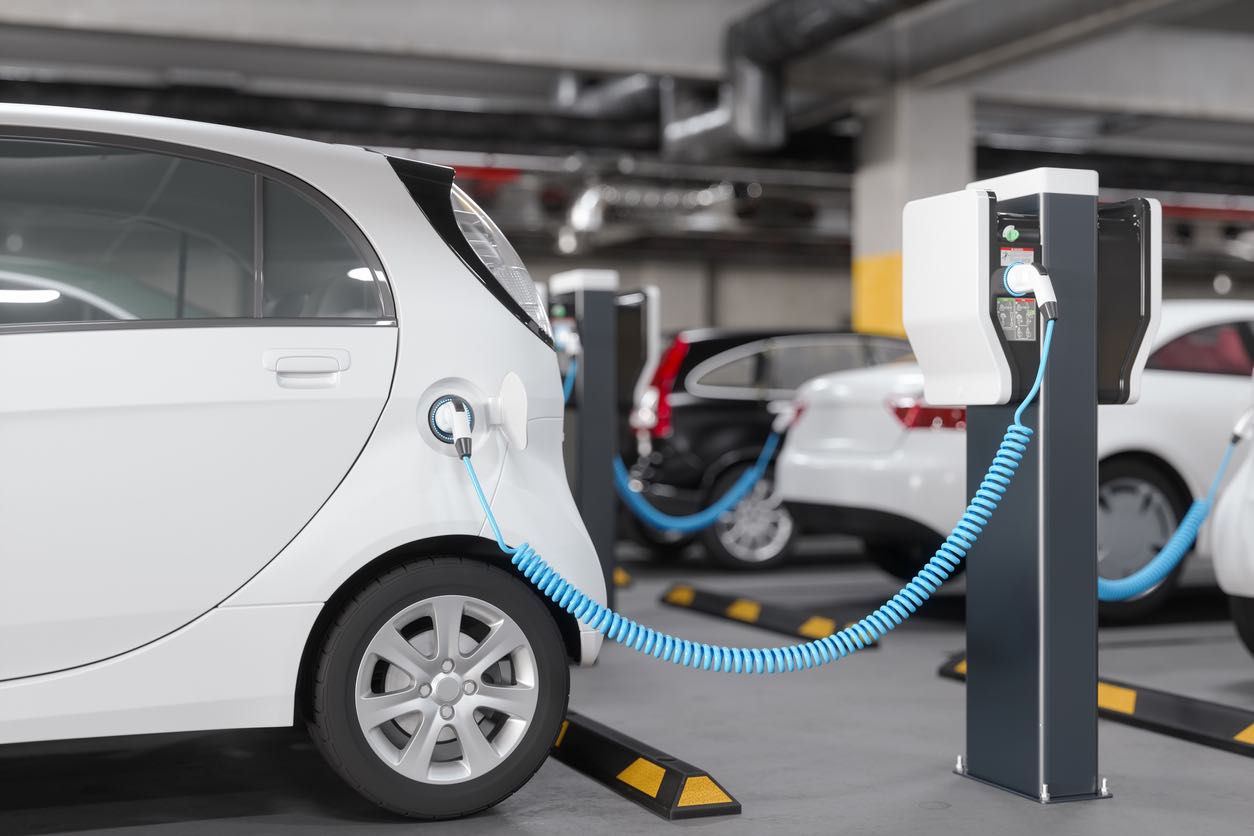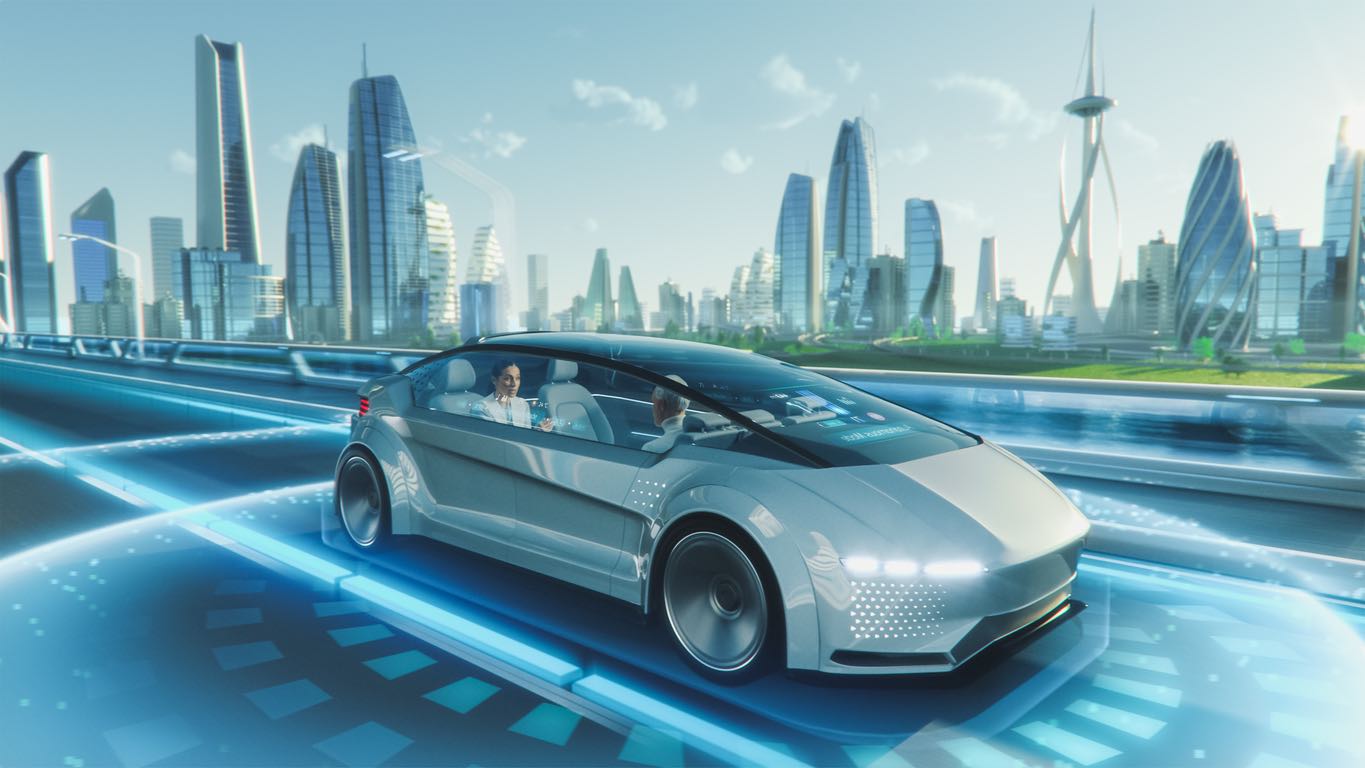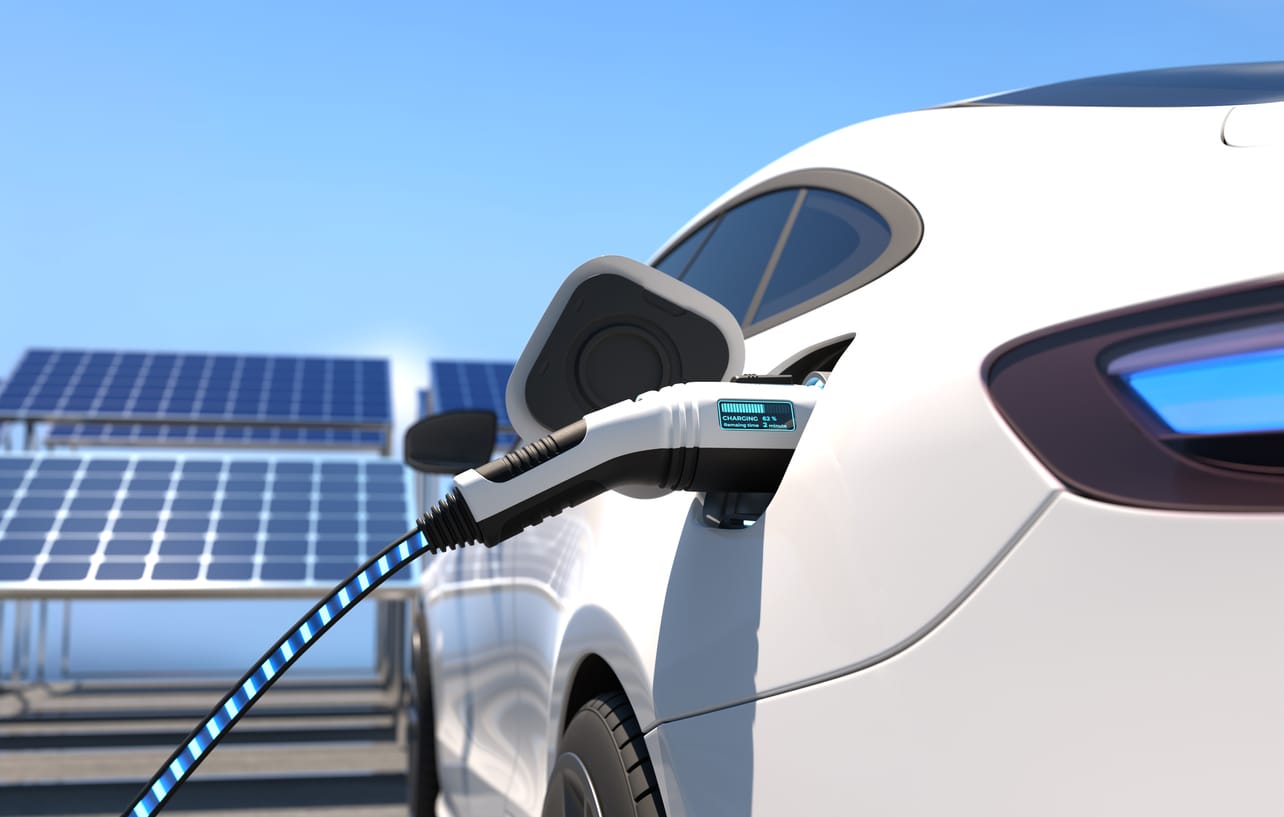The transition from traditional fuel-powered automobiles to electric ones is not simply a whim; it is an urgent requirement in a world where environmental issues are becoming more and more pressing. The automobile sector is at the center of the global movement to lessen carbon emissions from transportation. Once thought of as future innovations, electric vehicles (EVs) have quickly emerged as the leaders in environmentally friendly transportation. With improved technology enabling longer ranges and more affordable prices, EVs are starting to be seen by many customers as the primary option for their transportation requirements rather than just a backup.
But the transition to electric vehicles isn’t just being fueled by worries about the environment and new technology. This change is mostly driven by financial incentives. The American government is stepping up its efforts to encourage electric vehicles (EVs) and launching programs that will save consumers a significant amount of money. This dedication is demonstrated by the recently announced conversion of tax credits into instant refunds, which gives prospective EV customers even more motivation to join the electric revolution.

The automotive industry is about to enter a revolutionary period, marked by a boom in the adoption of electric vehicles (EVs), which is more than just a passing trend. Driven by worldwide environmental awareness, technology advancements, and political backing, the electric revolution envisions a world with quieter roads, cleaner skies, and a far smaller carbon footprint.
The Irresistible Allure of Electric Vehicles
There is more to the global switch from internal combustion engines to electric vehicles (EVs) than merely reducing pollutants. The movement’s driving force is the changing consumer mindset that is realizing the many benefits that electric cars provide. Many have become enthralled with the pure driving enjoyment, which is distinguished by quiet, smooth acceleration, in addition to the obvious environmental advantages. Since EVs have fewer moving parts than their gasoline-powered equivalents, owners frequently find relief in the significantly lower maintenance overhead. The increased support from the government, particularly the programs of the Biden administration, is expected to fuel a boom in interest in electric vehicles (EVs) and redefine transportation standards.
Incentivizing the Shift: Amplifying the EV Value Proposition
The question of cost and value is at the center of any major market change, particularly one as big as switching from fossil fuels to electric power. The financial ramifications are just as important to prospective EV consumers as the environmental effect. Understanding this, the US government has used financial incentives in a calculated manner to sweeten the pot for people who are unsure about switching. The addition of immediate rebates, paired with existing tax credits, amplifies the tangible benefits of EV ownership. These incentives act as potent catalysts, pushing more consumers in the direction of the electric pathway by closing the cost difference and enhancing the overall value offer.

The U.S. government’s recent move to convert EV tax credits into immediate rebates has excited the automobile sector in the never-ending quest for greener options. This action, which aims to promote EV adoption even further, promises to make the buying process simpler and provide prospective customers with instant financial relief.
Transitioning from Tax Credits to Instant Discounts
The American electric vehicle market formerly used a delayed incentive structure. EV purchasers would finance the purchase of their preferred car and then wait patiently for a tax credit of up to $7,500 to appear on their future tax returns. Despite its advantages, this method frequently lacked the immediate attraction that many customers desired. But in light of the Treasury Department’s creative move, promising an instant discount at the moment of sale aims to win over potential EV aficionados’ hearts and wallets.
Experiencing Real-time Monetary Benefits
This innovative modification, which will take effect in January 2024, eliminates the protracted waiting time linked to tax benefits. Instead of having to navigate the complex web of tax return files and waiting months for the financial gain after making the purchase, customers may now enjoy the instant gratification of a price decrease. In addition to expediting the financial assistance, the U.S. government also increases the general appeal of electric vehicles by permitting the tax credit to be delivered straight to the dealership. This change is expected to improve the EV buying experience by combining immediate financial benefits with environmental responsibilities.
By making these improvements, the United States demonstrates its dedication to a more environmentally friendly future and makes the transition to sustainable transportation both appealing and profitable.

The U.S. government has stepped up its game with electric vehicle (EV) incentives in response to eco-conscious initiatives, offering prospective customers substantial savings. These subsidies won’t apply to every electric vehicle that speeds down the road, either. The established criteria guarantees that the advantages are focused on genuinely sustainable automobiles and are available to qualified parties in a systematic manner.
The True Essence of Electric Power
The key standard for these refunds is the vehicle’s actual level of environmental friendliness. An automobile needs more than simply the ‘EV’ label. In particular, the reimbursement is only available for cars that are “powered to a significant extent by an electric motor with a battery of 7 kilowatt hours or more.” By ensuring that the supported cars provide a significant amount of distance on a single charge, this criterion sincerely helps to reduce carbon emissions. A comprehensive list of qualifying automobiles is easily available at fueleconomy.gov, a helpful resource for anything connected to fuel efficiency, for customers who are unsure if their preferred vehicle meets the requirements.
Navigating the Rebate Claim Process
Although the promise of a quick reimbursement is alluring, a systematic process is in place to make sure that the system isn’t abused. Dealers are essential to this system. Dealerships must first register on a special IRS website in order to be qualified to provide these rebates to clients, a requirement that highlights their dedication to supporting environmentally friendly transportation. Conversely, prospective purchasers also have obligations. They must demonstrate that they make the required income levels by supplying documentation. This two-tiered verification process ensures that the refund fulfills its original objective, which is to promote EV purchases without discrimination or unjust practices.

The Biden administration’s pledge to accelerate the adoption of electric cars (EVs) is more than a passing homage to contemporary engineering. With the goal of drastically lowering carbon emissions and establishing the United States as a leader in the global electric revolution, it signifies a fundamental change in the country’s transportation and environmental policies.
Bridging Today and Tomorrow with Electric Power
The EV rebate guidelines are part of a larger project. It’s an important component in a jigsaw that aims to redesign American roadways. The Biden administration is essentially reducing the entrance hurdle for prospective EV consumers by converting tax credits into immediate rebates. By lowering the initial cost of electric vehicles, the government intends to draw in a wider range of buyers, including frugal families and environmentally aware millennials.
50% Electric by 2030: A Bold Leap Forward
Establishing an ambitious goal of ensuring that 50% of all new vehicles sold in the U.S. by 2030 are electric isn’t just a mere assertion. It’s an appeal to entrepreneurs, customers, and automakers alike. The administration is aware of the many advantages electric vehicles (EVs) offer, including lowering greenhouse gas emissions and the country’s reliance on fossil fuels. This objective demonstrates both the current resolve and the long-term vision of an energy-renewable, clean America.
Embracing a Greener, Cleaner Future
The compelling vision of the Biden administration transcends numbers. It’s about encouraging innovation, driving change, and—above all—making sure that the environment is sustainable for coming generations. This action highlights the government’s proactive attitude, which acknowledges the negative effects of climate change. By supporting EVs, America is taking a step toward a more environmentally friendly future rather than merely embracing a new form of transportation.

The shift towards electric vehicles (EVs) is more than simply a passing fad; it is a testament to global efforts to create a sustainable future. With these additional incentives, the U.S. government is demonstrating its unwavering commitment to this green revolution and enabling more individuals to take advantage of the many advantages of switching to electric vehicles.
A Resolute Government Commitment: The push by the US government to prioritize electric vehicles in the future is more than just talk; it is action. They have demonstrated the severity of the situation and confirmed their commitment by making the significant switch from tax credits to instant rebates. This proactive strategy speeds up the country’s transition to greener transportation while also easing the financial strain on prospective EV consumers. The government has a stake in your electric journey and wants to make it as smooth as possible, so that much is evident in the statement.
Accessible and Alluring EV Ownership: There’s more to driving an electric car than just being environmentally responsible. Owning an EV becomes even more financially feasible with the advent of quick incentives. Imagine entering a dealership and being offered a substantial price cut on the car right away. For many prospective purchasers, a concrete and instantaneous benefit like this might tip the scales and make the goal of owning an EV a reality.
Joining the Electric Revolution: The options and incentives available to customers are constantly changing in tandem with the advancement of electric cars. It’s about joining a revolutionary movement that aims to reshape our connection with the environment, not just about purchasing a car. Customers who buy electric vehicles are not only supporting a means of transportation but also a vision: one of less polluted cities, lower emissions, and peaceful coexistence with the environment. And now is the best moment to jump in and spearhead the transformation, with the government’s strong backing.

The need for reliable shipping solutions is increasing in conjunction with the rising demand for electric vehicles (EVs). Ship A Car, Inc. is a shining example of dependability because to the extensive network of pre-screened carriers that it maintains. SAC ensures that your car arrives to its destination in a safe and efficient manner, regardless of the type of electric vehicle you have purchased: a modest electric sedan or a cutting-edge electric SUV. Because of their dedication to providing high-quality service, they are the best option for meeting all of your electric car shipping requirements.
- How does the new EV instant rebate differ from the previous tax credit system? The previous system allowed for a tax credit to be claimed on the tax returns for the following year. In contrast, the new system enables buyers to claim an instant rebate at the time of purchase, thereby lowering the price of the vehicle immediately.
- Where can I find a list of EVs eligible for the instant rebate? On the website fueleconomy.gov, you may get a complete list of automobiles that qualify for the program.
- Why choose Ship A Car, Inc. for my EV transportation needs? Ship A Car, Inc. is able to provide secure, dependable, and effective transportation for all kinds of automobiles, even electric ones, because to the expansive network of screened carriers throughout the nation that the company maintains.




